John “Rocky” Barrett
Tribal Chairman
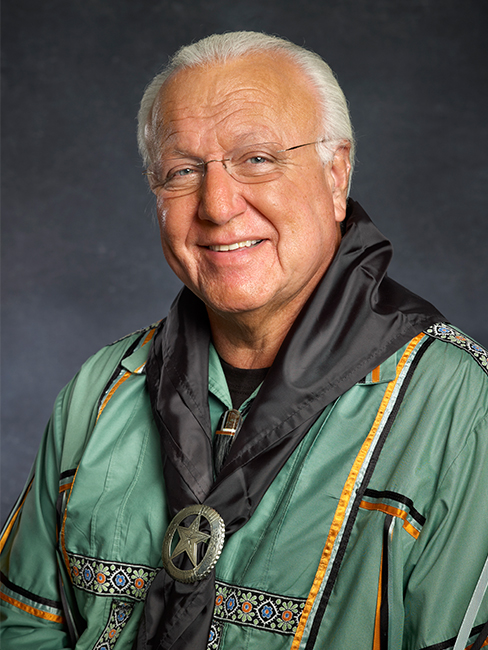
Bozho nikan, (Hello, my friend,)
At the end of January, the Citizen Potawatomi Nation signed a ten year compact with the State of Oklahoma that maintains the substance of a longstanding cooperative agreement between our Nation and the State about the details of tobacco sales by the Nation within our jurisdiction.
The Citizen Potawatomi Nation engaged in discussions with the Oklahoma Governor’s office, and we reached terms that are mutually beneficial to the Nation and to the State. This compact is a tangible confirmation of our continued belief that both the Nation and the State do better when we work together. We are grateful that through these discussions, we have avoided unnecessary conflict, uncertainty and economic disruption. The Nation is always willing to discuss matters of mutual interest with State officials on this and other overlapping priorities.
The Compact’s ten-year duration and possibility of subsequent renewal at the end of the first term promotes stability for our revenue and for our workforce. The terms of this agreement are good for both parties, as they should be in any agreement.
The matter of CPN’s motor vehicle tags has been of recent concern to some of our Tribal citizens. The Citizen Potawatomi Nation has exercised self-governance over vehicle tags for decades without the necessity of an agreement with Oklahoma, as have the vast majority of other Tribal Nations in Oklahoma.
Some State officials have recently requested that we discuss an agreement on this topic. We are presently in such discussions. We are also in communication with leaders of other Tribal Nations in Oklahoma about the issue. We may at some point determine that it is best for the Nation to reach a compact with the State on motor vehicle tags, and we are always willing to discuss matters of concern with neighboring governments.
Whatever the result of these ongoing conversations may be, the Citizen Potawatomi Nation’s commitment to wise self-governance over its citizens’ vehicle tags, as with so many other issues under our jurisdiction, will remain unchanged. And we will continue to promote and protect public safety in the Citizen Potawatomi Nation, in cooperation with law enforcement officials from other governments, whether Tribal, Federal, State or Local, as we always have.
Until that time, if you have an issue with an Oklahoma State law enforcement official declining to recognize the validity of your Tribal tag, feel free to notify our legal department.
Megwetch (Thank you),
John “Rocky” Barrett | Geweoge (He Leads Them Home) | Tribal Chairman
Linda Capps
Vice-Chairman
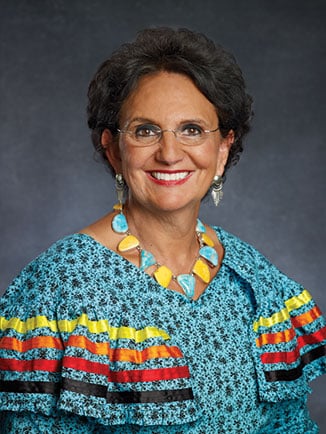
Bozho (Hello),
It is common knowledge that cremation is gaining in popularity and continues to outpace traditional burials within the United States. According to the National Funeral Directors Association, the percentage of people choosing cremation is expected to surpass 70% by the year 2040, while conventional burials will decrease to around 16%. The Citizen Potawatomi Nation recognizes this fact and has been planning to build a columbarium for several years. These plans have come to fruition during the later part of 2023. Road construction to the columbarium is now underway and near completion.
A columbarium is a room, building or wall that is designed for the interment of the remains of people who have died and been cremated. Columbarium niches, or cremation niches, are the compartments within the columbarium that hold a person’s cremated remains. The niches of the Citizen Potawatomi Nation Columbarium are large enough to hold two urns or other containers of ashes. There is a plaque on the front of each niche that will have the name and other information of the people whose ashes are interred within the niche. The Citizen Potawatomi Nation has purchased a laser machine, and the Public Information Department will oversee all engraving on the plaque for each niche.
The new columbarium is the first of several columbariums that will eventually be built at the Mission Church site, just north of the CPN East Clinic. Each columbarium will contain 400 niches. As the niches are filled, CPN plans to build other structures to mirror the first columbarium. The columbarium is a labor of love for CPN’s future since cremation is a choice for more and more Americans. The leaders of CPN believe that giving our people the choice to be cremated is a sound, practical choice for the interment of the ashes of loved ones.
Each niche in the CPN Columbarium is approximately 11” wide by 11” high by 15” deep, which is room for two small urns or boxes of ashes. Presently, there is no charge for obtaining a niche, but for this first columbarium there are guidelines regarding the age of those applying for niches. A form that contains more information will be printed in the March edition of the Hownikan. CPN will have available the proper size urns needed for interment. There will be a modest fee for these urns.
One question that will be asked is, “Can a non-Potawatomi be buried with the Tribal member?”
The answer is “yes.” Most spouses of Tribal members are non-Potawatomi. Another question is, “Can a non-Potawatomi spouse be buried first?” The answer is “yes.” If a Tribal member’s spouse “walks on” before the Tribal member, the spouse can be buried first. At the time of arrangements, the Potawatomi’s name will go on the plaque (of course, minus the date of death) with the non-Potawatomi spouse’s information. Our Tribal members may have other questions. A form will be in next month’s Hownikan for those interested in applying for a niche.
Please feel free to contact my office at 405-275-3121 ext. 1105 with questions. You can also speak with my Administrative Assistant, Dennette Summerlin. We would like to see what kind of response we have from the senior Tribal members in the beginning of the application process. If you are under 55 years of age, please wait for a future date to apply for a columbarium niche. There will be adequate information forthcoming on the columbarium.
Thank you for allowing me to serve as your Vice-Chairman since 1990. As usual, I cherish my years of service.
Migwetch (Thank you),
Linda Capps | Segenakwe (Black Bird Woman) | Vice-Chairman | Work: 405-275-3121 | Cell: 405-650-1238 | lcapps@potawatomi.org
D. Wayne Trousdale
Secretary/Treasurer
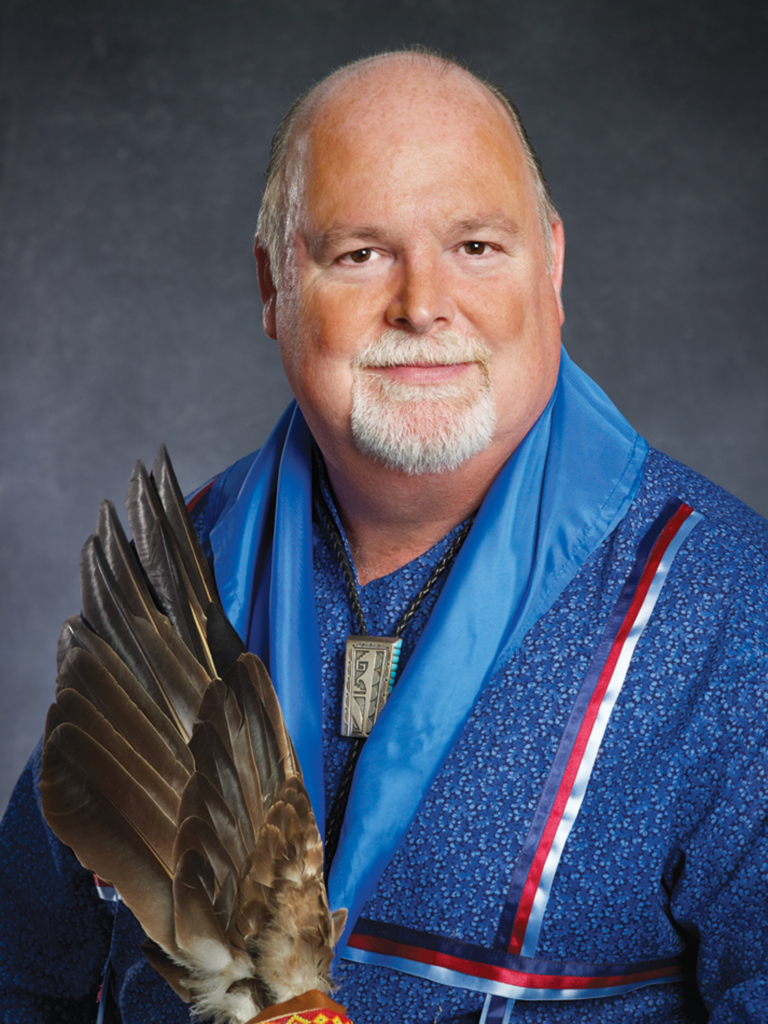
Bozho (Hello),
I hope that everyone is enjoying the beginning of the new year and that the holiday season gave everyone an opportunity to see family and friends. While January marks the beginning of the business year for most organizations, I remind you that the Nation began its fiscal year on Oct. 1, 2023. That means that we just completed the first quarter of our budgeted year. With the closing of the 2023 fiscal year at the end of September we are now in the process of working with the third party auditing firms on all of the Nation’s programs in order to present a fair and accurate accounting. I would be remiss if I didn’t mention how fortunate we are to have an accounting team, led by CFO Mary Chisholm, that works continuously to fairly account for the Nation’s assets. As the Tribe grows, so does that work and the responsibility that all elected officials have to our people. I am very proud of the growth in the Nation’s assets over the last year. It is very important that your elected officials not only safeguard the assets of the Tribe but also increase the funding and earnings of the Tribal programs and enterprises so that we can continue to provide the assistance that our people need. As I am sure that inflation has affected your families it has also affected your Tribe. Even with these headwinds in place we still must maximize our returns for the people. Please know that the Nation is on a solid financial footing and continues to perform well in this post-coronavirus business environment.
Your Nation continues to not only increase the profitability of existing enterprises but also has expanded its offerings through a new venture, Sovereign Pipe Technologies. SPT is a high-density polyethylene manufacturing facility located on the Tribe’s Iron Horse Industrial Park. SPT was designed to have five extruder lines with the capability of producing in excess of one hundred million pounds of product each year.
Unfortunately, given the supply chain issues around the globe, full capacity manufacturing has been delayed. We were able to start production the first line last May and were able to add lines two and three in November. We are also hopeful that line four is contributing to production by the end of February. Even with the startup delays we have seen our production increase by adding the additional extruder lines. HDPE is used in several different industries including energy, water, sewer, communications, etc. The demand for this product is projected to increase in the United States over the next 20 years. One main driver in this projection is the amount of deteriorating municipal water infrastructure that needs to be replaced. The Nation is positioned well in this business and has budgeted to produce and sell nearly 40 million pounds of product in the 2024 fiscal year.
I will continue to report on the progress of the financial aspects of your Nation and please feel free to contact me if you have any questions. I appreciate and am humbled to have served you as Secretary/Treasurer for over 21 years. We will always continue to work in the best interests of you, our people.
Migwetch (Thank you),
D. Wayne Trousdale | Netemgiwse (Hunts First) | Secretary/Treasurer | 405-275-3121 | dtrousdale@potawatomi.org
Eva Marie Carney
District 2
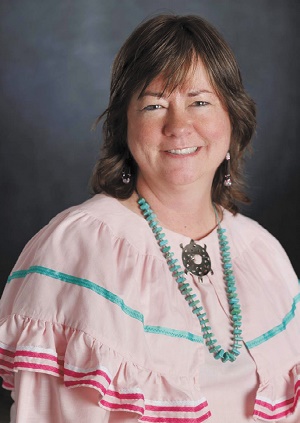
Bozho, nikanek (Hello, friends),
Meetup at the National Gallery. Becky Bearden Olynik and Alex Olynik (Vieux family, living in Maryland), Henry Scarborough (Ogee family, from New York, studying in Massachusetts) and I started the new year in a good way with a meetup at the National Gallery in Washington, D.C. We toured the exhibit “The Land Carries Our Ancestors — Contemporary Art by Native Americans,” and then had coffee and visited. Perhaps not surprisingly, given its European art focus to date, the last National Gallery exhibition of Indigenous art was in 1993! I have included a photo of our visit and posted on my Facebook page photos of most every piece in the exhibit. I loved hearing folks’ thoughts about the art and catching up; I will plan another “local” event soon.
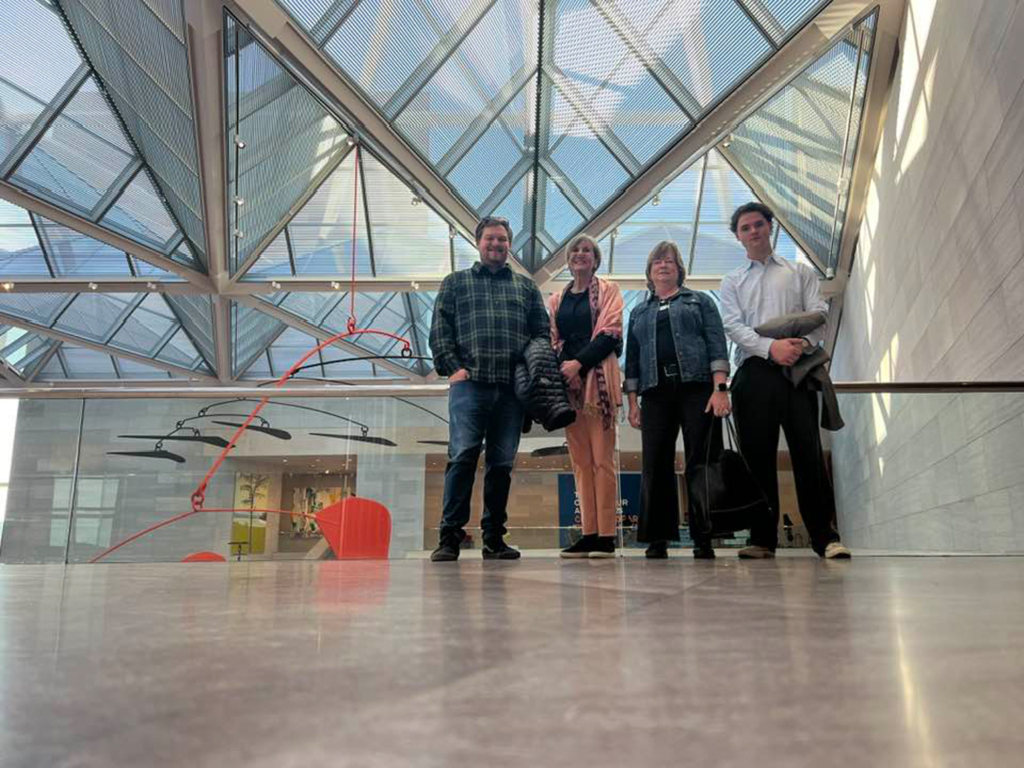
I went back a few days later to spend more time with the art and bought the beautiful book accompanying the exhibit. I am so glad I did, as it allows me to share with you the
artist-curator Jaune Quick-to-See-Smith’s introductory poem, “A Short History of America:”
Snow White came from Europa.
She kissed the Frog
Who turned into
A Ledger Book Prince
She converted corn into Fritos
And soon
She put everything
Up for Sale.
Ojibwa artist Andrea Carlson, known for her mural along the Chicago River, “Bodéwadmikik ėthë yéyék/You are on Potawatomi Land,” is among the showcased artists. You can read more about her mural here, and view a selection of what we saw here. The exhibit is leaving Washington on Jan. 15 and from there can be viewed at the New Britain Museum of American Art, in New Britain, Connecticut, from April 18–Sept. 15, 2024. Visit if you can!
Reminder: Upcoming District 2 Meeting in Arkansas. We will meet in Rogers, Arkansas, on Saturday, April 20. Please see the postcard and my website calendar entry for all the details. You do not need to receive a postcard invitation to attend, but please do RSVP.
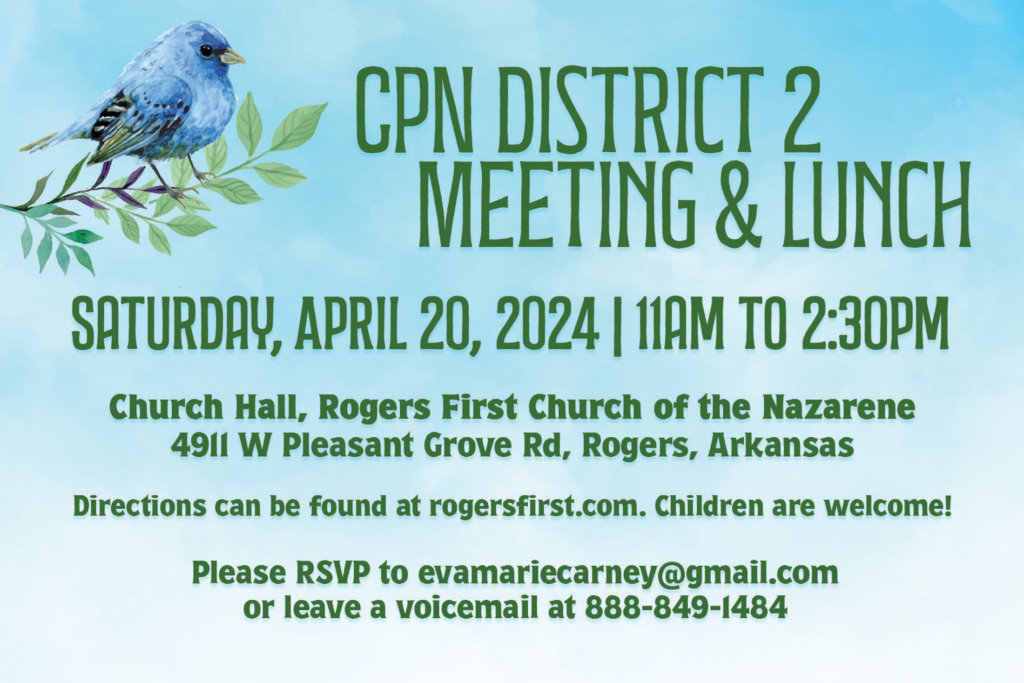
Family News. Do you have a copy of Potawatomi artist Sharon Hoogstraten’s beautiful book, Dancing for Our Tribe: Potawatomi Tradition in the New Millennium? You can find it here (and on Amazon). Midwest Book Review opined: “A simply magnificent coffee-table style volume, “Dancing for Our Tribe: Potawatomi Tradition in the New Millennium” features full page, full color photography of men and women in full and authentic regalia enhancing an impressively informed and informative commentary. A monumental and seminal work of meticulous scholarship, no personal, professional, college or university library Native American Studies collection can be considered comprehensive or complete without a copy.”
In other family news, John Garrett, a Nadeau descendant living in Mobile, Alabama, shared that he recently obtained his Certified Financial Planner™ designation, a career milestone. Congratulations, John. Everyone, please keep the family news coming!
Fiction (Book) Recommendations. I have read three books over the last month by Indigenous kwe’k (women) authors that I recommend to you. The first, A Council of Dolls, by Mona Susan Power, is a novel about generational trauma and healing by an Oceti Sakowin (Sioux) novelist whose earlier debut novel, The Grass Dancer, is also terrific. You can read about the author’s interesting life, and more about her books, here. The third book is The Berry Pickers, Amanda Peters’ debut novel, about a 4-year-old Mi’kmaw girl who disappears one summer. I love this excerpt from a New York Times review: “With ‘The Berry Pickers,’ Peters takes on the monumental task of giving witness to people who suffered through racists attempts of erasure like her Mi’kmaw ancestors. ‘White folks been trying to take the Indian out of us for centuries,’ a character tells Norma. ‘But now that you know, you gotta let people know.’ Peters is letting people know.”
Migwetch (thank you),
Eva Marie Carney | Ojindiskwe (Bluebird woman) | ecarney@potawatomi.org | evamariecarney.com | evamariecarney@gmail.com | 5877 Washington Blvd. PO Box 5591 | Arlington, VA 22205 | Toll Free: 866-961-6988
Bob Whistler
District 3
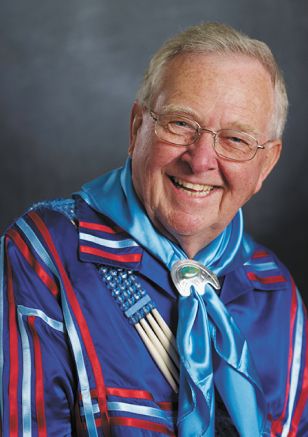
Bozho ginwa (Hello everyone),
Overlooked scam technique
Many of us pay almost everything with a credit card. Some of those charges are recurring each month and may be for insurance, rent, utilities, etc. That is in addition to items such as gas for the car, groceries and one-time items that were advertised online. In the last several months, I realized I was in the throes of a scam twice this last year. In April I saw an ad online for an electronic item that might save me money and I placed my order. The item arrived and my credit card statement for the period reflected the charges which were between $100 and $200. Those charges were correct and as advertised. I was happy. The next month rolled around and I was auditing my credit card statement and saw a small charge of about $10 that I didn’t recognize. I called the phone number associated with the charge and spoke to an employee. I said I purchased the item in April and had been billed for it. I asked what the small charge was now for, and he advised that when I placed my order the company also enrolled me in a monthly plan with the small monthly fee. I challenged this and said I didn’t apply for enrollment and requested a refund. He said he would take care of it. I did receive a credit on the following month’s statement. In October, I made a purchase again online for another item from a totally different firm. The statement arrived and the charges were correct. I checked my November statement and saw a charge for $10.57. I called about the charge and learned the firm also had the same automatic program that has a recurring monthly charge. It is odd that two separate firms tried to scam me in the same way. Had there only been one incident like this I would probably just pass it off as an oddity. Twice makes me think this may be impacting many others. So, I felt a warning to all of you was needed. I had another exception involving my checking account, but the probability of it happening to anyone else is very remote. However, in that case, because I balance my checking account each month, I saw a double charge for the same check number. There was a mechanical glitch and was not a deliberate attempt to extract money from my account deceptively. In 2016 the banks determined that roughly 71 percent of their customers do not balance their checkbooks monthly. For credit cards, a quick check revealed that 1 in 5 cardholders probably do not even look at their monthly statement. In summary, I urge you to take the time even with very busy schedules to go through any credit card or bank statement every month and ensure there are no charges that are not justified.
Crow Nations Women’s Regalia
I recently attended a function to promote the Missing and Murdered Indigenous Women initiative. Their representative was wearing a beautiful regalia dress that was decorated with white items. I asked her what Nation she represented and she said she was from the Crow Nation. I asked about the decoration and learned they were elk’s teeth, a decoration commonly used in Crow culture. A photo is included so you can see an example of how each Nation’s regalia differs and it was easy to determine which Nation they were from.
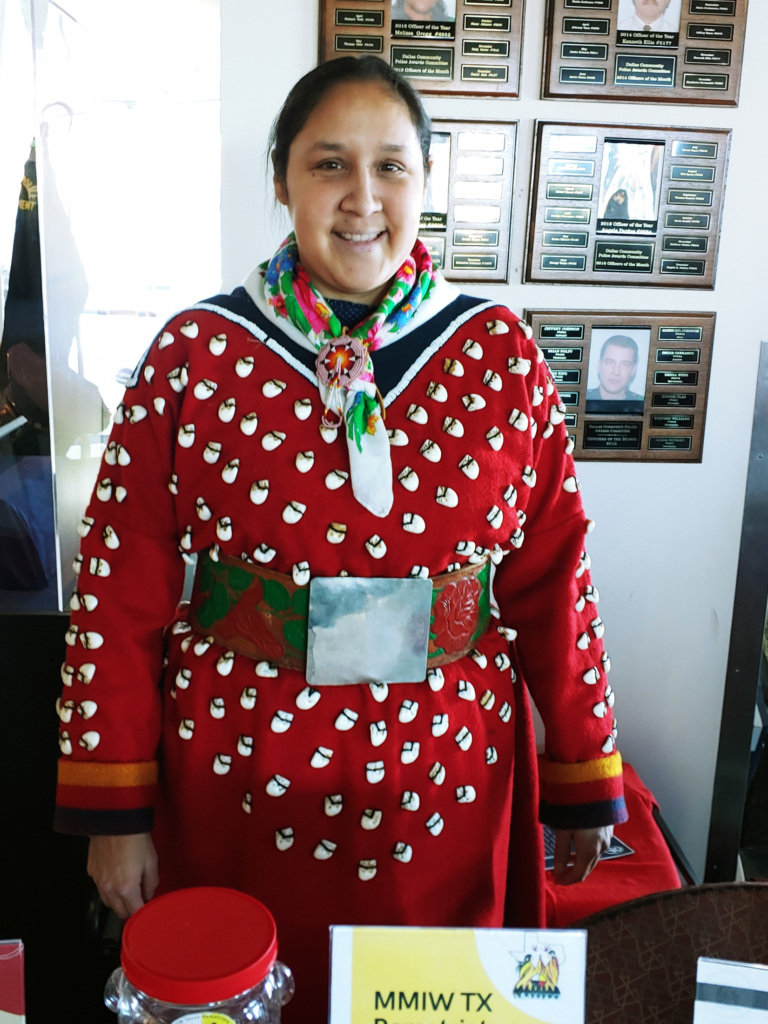
Serving District 3 is an honor and I thank each of you for electing me to represent you.
Nagech (Later),
Bob Whistler | Bmashi (He Soars) | rwhistler@potawatomi.org | cpn3legislator@yahoo.com | 1516 Wimberly Ct. | Bedford, TX 76021 | 817-229-6271 | cpndistrict3.com
Jon Boursaw
District 4
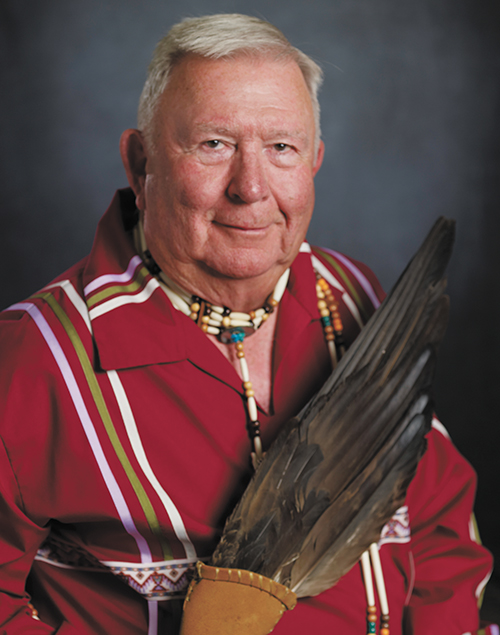
Blessing of Burnett’s Grave Site
On a surprisingly warm and sunny Friday afternoon in mid-December, a small group of Tribal members and I gathered at Burnett’s grave site for a few remarks and a brief blessing ceremony. The event was recorded by WIBW Chief Videographer Doug Brown, a CPN member at the local CBS TV station in Topeka. Clips of his video and an interview with me appeared on the local news. As a result, I have received phone calls and emails from local citizens expressing their appreciation for what the tribe has done to renovate and preserve this historic site in Topeka.
Upcoming CPN Elders’ Potlucks
Dates for the next two Elder Potlucks held in Rossville at noon are:
February 9 | Baked Crack Chicken and rolls | RSVP by the 6th
March 8 | Corned Beef and Cabbage | RSVP by the 5th
Bring your favorite side dish or dessert. Please RSVP to Tracy at 785-584-6171.
Future Research Efforts at the Uniontown Cemetery
The research in the Uniontown Cemetery is not over. As you know we have been fortunate to have staff members from the Kansas Geological Survey (KGS), which is affiliated with the University of Kansas, working with us from the beginning of this effort. After discussion with Dr. Blair Schneider of KGS, we have identified four more locations in or near the cemetery that we would like to further investigate once we have warmer weather.
The first of these would be to conduct a magnetic survey of the large field north of the house located adjacent to the cemetery. This would require the permission of the property owner. There is some thought that this rather large area, now a corn field, may have been the location where the Uniontown structures were burned during the Cholera epidemic.
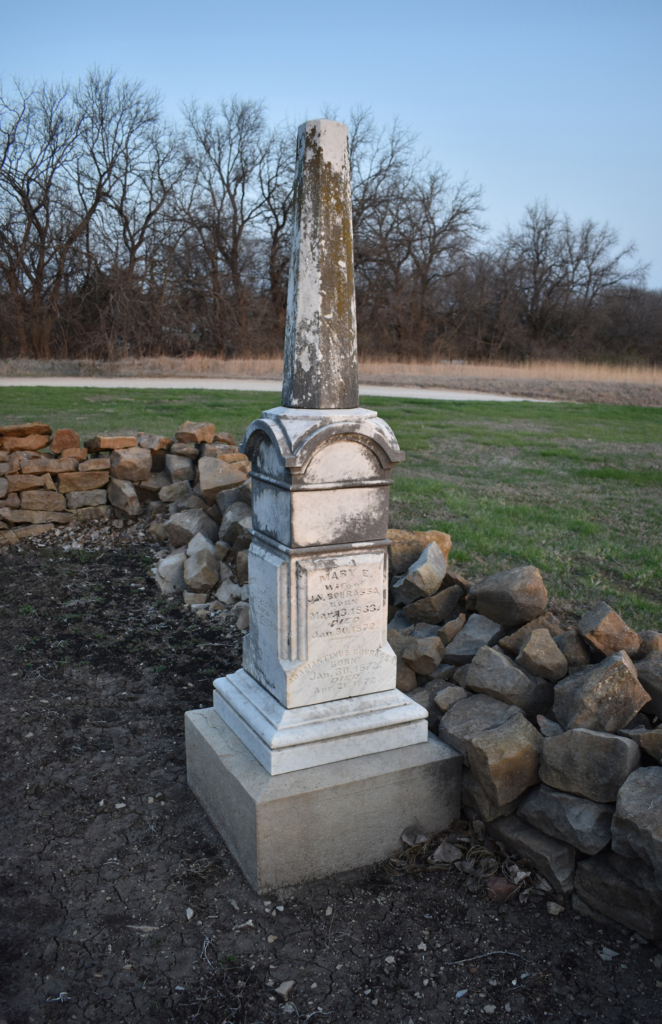
Next, we plan to use another dating technique consisting of inserting a probe underneath the stone markers to collect soil samples. With this, we can estimate when the marker was originally set in place. Dr. Schneider describes it as “cool” technology called Optically Stimulated Luminescence (OSL) that can detect the age of the soil under a marker by calculating the last time the soil was exposed to sunlight, typically within a 10% accuracy. Our first objective would be to collect samples directly underneath the Bourassa monument to calculate the date of its placement. This test can only be done at night, as any exposure to light voids the results.
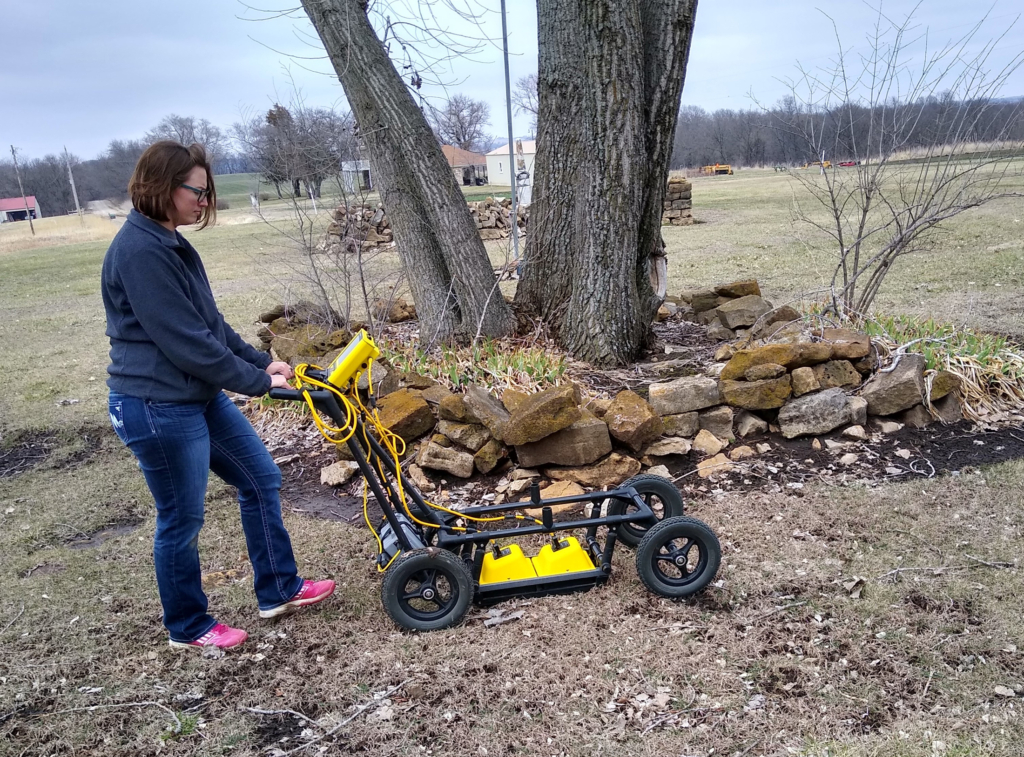
There is an area on the south portion of the cemetery that contains primarily non-Native
American graves. The majority were members of the Green family which procured the property in the latter part of the 1800s. We intend to use this same sampling technique (OSL) to determine an age for several of the grave markers contained in the Green portion of the cemetery. We also plan to use the electrical resistivity technology that we previously utilized within the Bourassa enclosure to locate and identify possible unmarked graves within the Green area in the cemetery. If our suspicions are confirmed, these could be Native American burial sites.
Finally, there were two areas of interest in the magnetic and GPR datasets from the 2021 data collection that suggested possible structures were within the cemetery. We propose to utilize small excavation units to try and identify the source of these anomalies. There are no markers or depressions at the ground surface that suggest these anomalies would be burial sites. It looks like the next few months are going to be interesting, I’ll keep you posted.
Megwetch (Thank you),
Jon Boursaw | Wetase Mkoh (Brave Bear) | jon.boursaw@potawatomi.org | 2007 SW Gage Blvd. | Topeka, KS 66604 | 785-608-1982 | Office Hours: Tuesday 9-11 a.m. | Thursdays 3-5 p.m. | Other times as requested
Gene Lambert
District 5
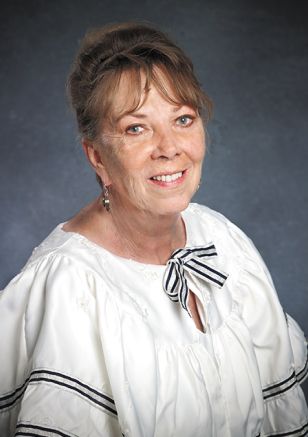
Greetings,
This is my first article for 2024 belonging to February and written in January. That is the way it works to attempt to organize everyone’s articles, comments and news for our new magazine. Hopefully you love it as much as I do. The change occurred with the hope it will be easier to read, store, reread and categorize. Let us know what you think after having had some time to get used to it.
The articles I write bring about quite an education for me as I go through the research trying to find new things to write about. So much is already in the magazine and all the articles, so I try to create diversity.
This month’s curiosity led me to the tallest kachina in the world. Would you believe I found it in the Tonto Hills, Cave Creek, Arizona, USA?
This magnificent piece of art stands 39 feet tall and was designed by Phillip Sanderson. The inspiration reportedly was the Corn Maiden Dancer Kachina. The purpose of the Corn Maiden is to purify women who do the preparation of the corn, and it is considered ceremonial through her special powers.
We won’t worry about our weight anymore as we compare it to the Corn Maiden’s 14.5 tons.
This isn’t a claim by Mr. Sanderson but recognition through the World Record Academy.
Phenomenal!
I am so taken with the kachina spirits I now have a 5-foot kachina in my front yard created by a young 25-year-old man with a chainsaw. Amazing! There is another 4-foot kachina in my office. You just can’t have too many as it is said they are the messengers between the two legged and the world of spirits.
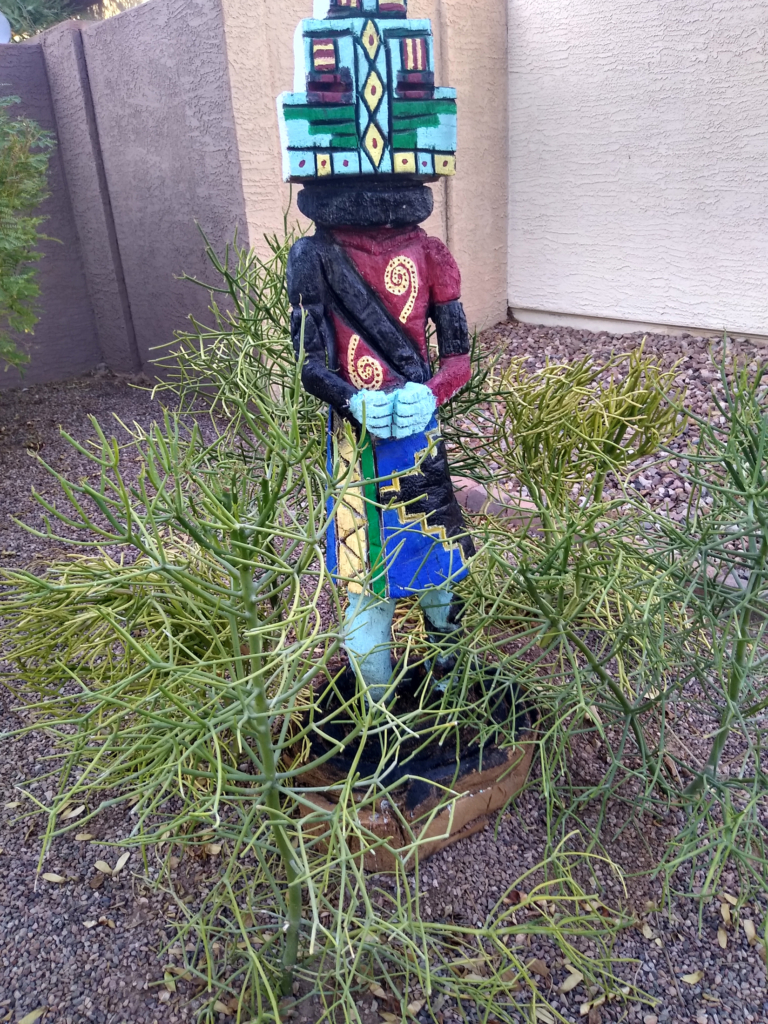
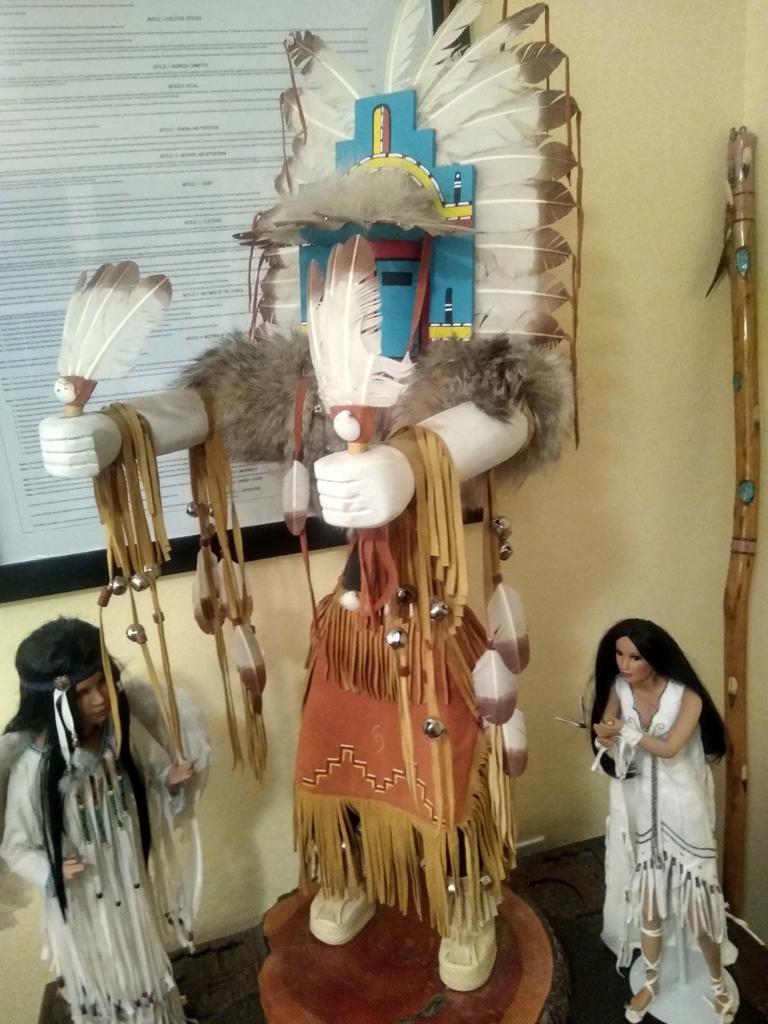
Interestingly enough, with the 39-foot kachina just down the road in northeast Carefree, Arizona, is the America’s largest sundial.
According to Wikipedia, the sundial is 4’ feet wide and 62’ feet long and standing 35’ feet above Solar Plaza.
The surrounding area for both the sundial and the kachina is purely encircled with beautiful desert landscaping.
Now if all this wasn’t impressive enough, I also discovered for myself this week (you all probably knew) that as of October 2012, Kateri Tekakwitha, who was Algonquin-Mohawk from the State of New York, was canonized by Pope Benedict XVl at Saint Peter’s Basilica.
This woman was the first Native American, Catholic saint known as Lily of the Mohawks. She is the patroness of ecology and environment. If you want to know more about her you can read her story online and you will be pleased you did.
Meantime, please love and take care of your special people and don’t forget about the February 14 Valentine’s Day.
I love you all.
Gene Lambert (Eunice Imogene Lambert) | Butterfly Woman | glambert@potawatomi.org | 270 E Hunt Highway Ste 229 | San Tan Valley, AZ 85143 | Cell: 480-228-6569 | Office: 480-668-0509
Dave Carney
District 8
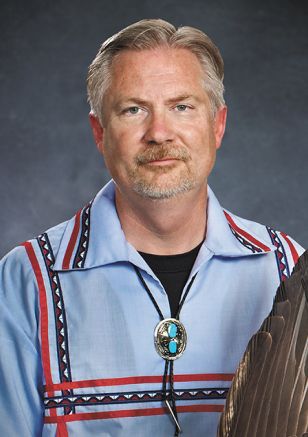
Bozho, jayek (Hello, everyone),
Winter is here which brings and brings with it Winter Storytelling. The Language Department usually hosts an online story telling event in February; however, it is being planned for a little later this year. The tentative date is March 13. I will be reminding District 8 folks and spreading the word when that date is firm. Justin Neely typically coordinates and leads these events, and they are worth your time to participate.
Some stories told at past story telling sessions have been Sky Woman and Turtle Island, The Flood Story, Wiske and the Buzzard, Pondese and the story of Winter Snow to name a few. You never know which “new” old stories may be presented, so please mark March 13 in pencil on your calendar.
In October, District 8 citizens attended our Fall Feast at the Duwamish Long House in Seattle. Among other activities, we made Potawatomi Woodland design applique tote bags. In a subsequent Hownikan column, I offered to send crafting instructions if requested. I’m pleased to say that many Tribal citizens from across the country reached out and instructions and templates were sent out either through e-mail or U.S. postal service. It was an honor to share this craft also with an elder from the Pokagon Band of Potawatomi who asked for information. If you would like to receive the design templates, etc., please reach out to me.
Around this time of year, folks usually start making their travel plans to come to the Family Reunion Festival happening in June. There seems to be some confusion as to what the dates are each year. As prescribed by the constitution, Article 13, section 1, annual meetings of the Citizen Potawatomi Nation Indian Council shall be held on the last Saturday of June of each year. The Family Festival is built around this.
For 2024, the honored families are:
Darling, Hardin, Higbee, Levier, Lewis, Nadeau, Negahnquet, Pambago and Smith.
These families are provided with special sections of the Round House to gather, are encouraged to share their family’s story through interviews at the Cultural Heritage Center and have an honored place during Grand Entry.
This Family Reunion Festival will be missing something this year. Julia Slavin (spouse of long time District 1 Legislator, Roy Slavin) passed away in late November 2023 at the age of 90. Julia and Roy were a team and it often seemed like she was as proud of the Potawatomi Nation as her husband of Native blood. Julia was a wonderful seamstress and creative soul — making hundreds of colorful ribbon shirts, shawls and other regalia pieces. She and her daughter Verna always set up a vendor booth (even after Roy walked on in 2020) near the powwow grounds. And a visit or two with them has always been a part of the Family Festival experience. She will be very missed.
I am beginning to plan events for the summer months, and they will definitely include a get-together in the Idaho panhandle in July or August. That area is selected because it will be accessible to Tribal citizens in eastern Washington, Idaho and western Montana. Stand by for more details.
As always, it is my honor to serve as your legislator,
Dave Carney | Kagashgi (Raven) | dcarney@potawatomi.org | 520 Lilly Road, Building 1 | Olympia, WA 98506 | 360-259-4027
Paul Wesselhöft
District 9
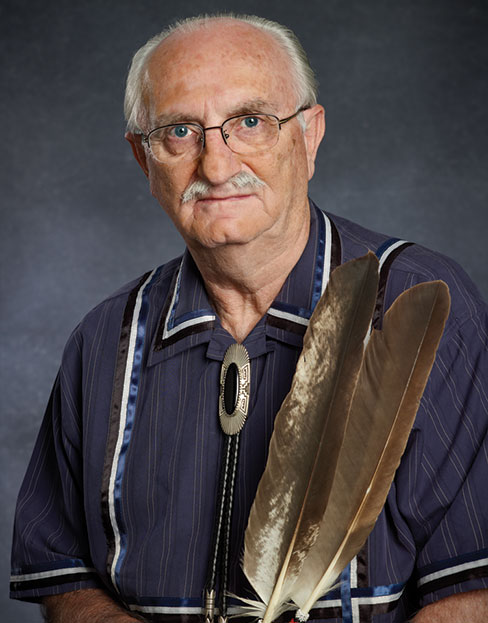
Bozho, nikan (Hello, friend),
HOW CAN THIS BE?
John Updike, the great Pulitzer Prize winning author, was given the daunting task of publishing in a single volume, “The Best American Short Stories of the Century.”
The publisher and editors gave Mr. Updike over two hundred of the most awarded and recognized American short stories to select from. The publisher has published “The Best American Short Stories of the Year,” every year, which is a volume of many stories in itself. Updike’s monumental volume narrowed down the best short story published in each year from 1915 to 1999.
I have read all of these provocative and entertaining short stories; several are my favorites. In his volume, Updike wrote a ten-page introduction extolling the virtues and significance of each decade, the great writers of that decade, and their contribution to this particular literary art form. The short story is the quintessential American literary art form.
As I read through the introduction, I was enlightened and delighted to learn many of those ingredients which make a short story great. However, as I came to the bottom of the last page of his introduction, I read a sentence of sixteen words, which broke my heart: “I regret that no story about Native Americans could be worked into the table of contents.” Really? How can this be?
So, from thousands of the best short stories published throughout the 20th century, Updike, the editors and the publisher could not find one story about Native Americans worthy of inclusion in “The Best American Short Stories of the Century.” Again, how can this be?
There are thousands of stories written by Indians in the various tribes throughout
America; I have read many excellent Native American stories.
Surely, one could have — should have — been included in “The Best American Short Stories of the Century.”
Migwetch (Thank you),
Paul Wesselhöft | Naganit (Leader) | reppaul@gmail.com | pwesselhoft@potawatomi.org
